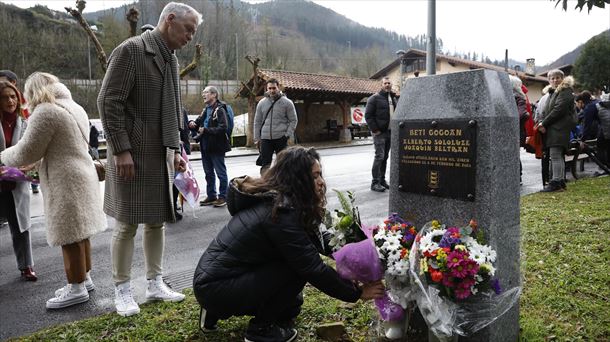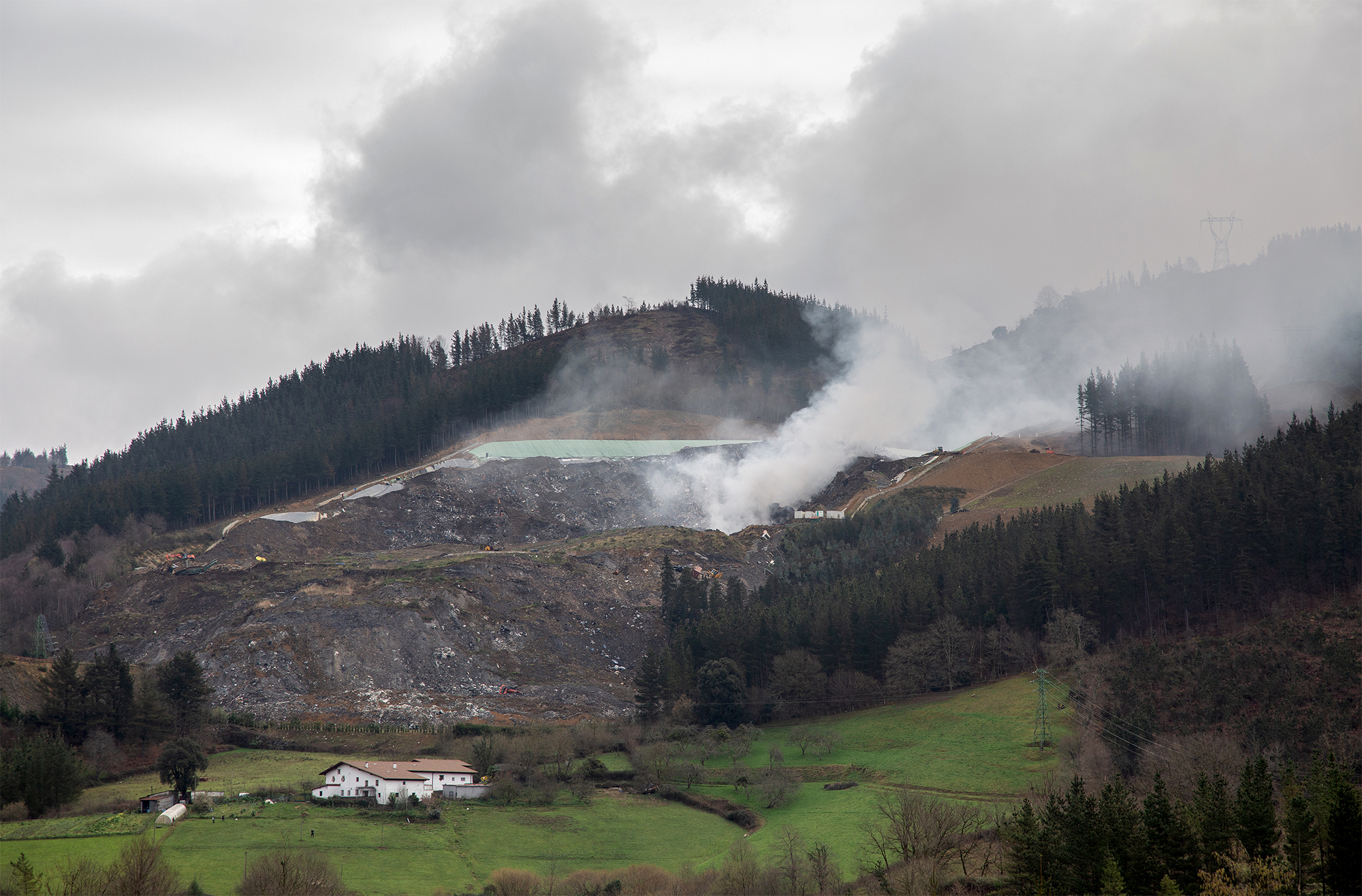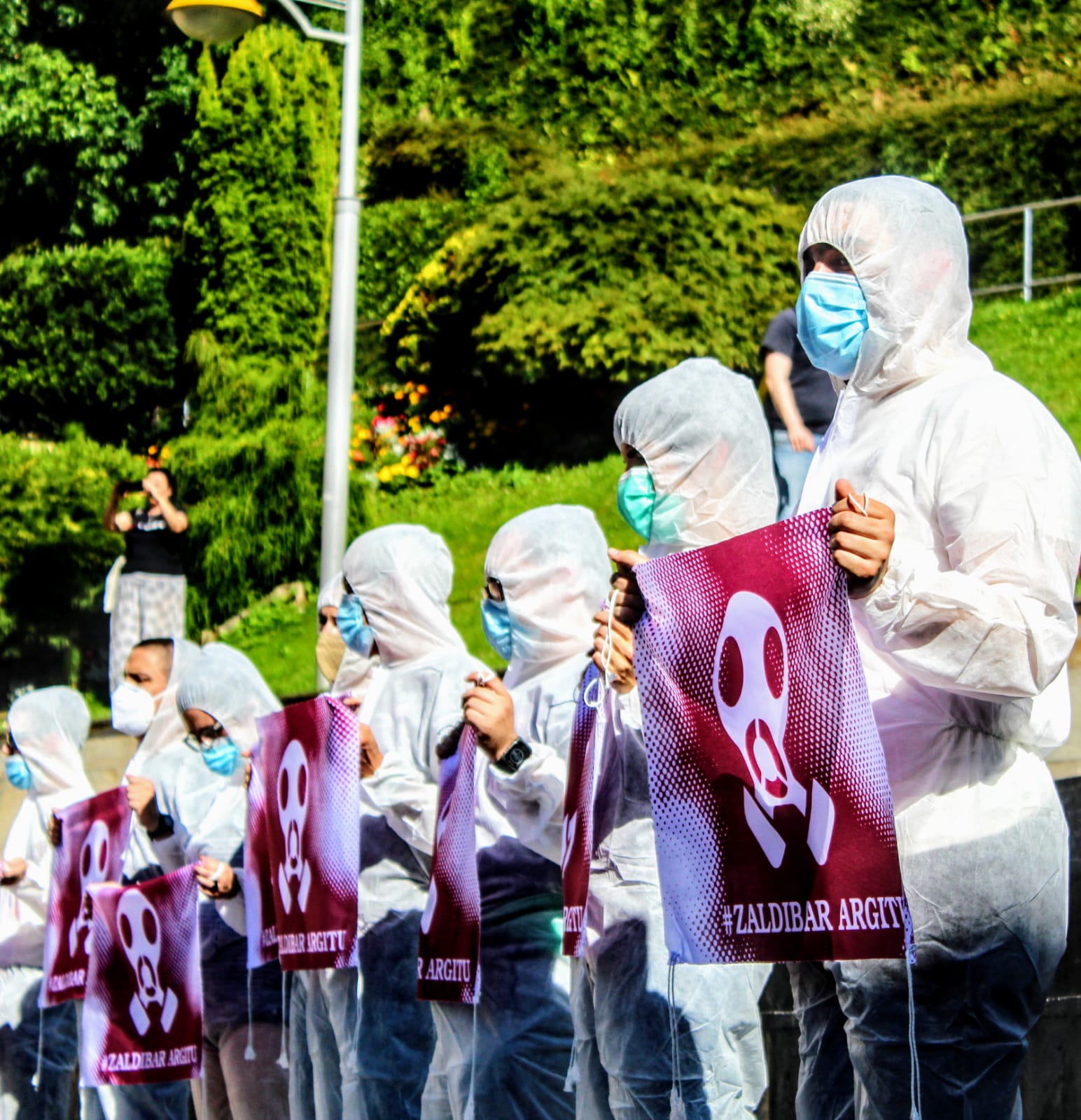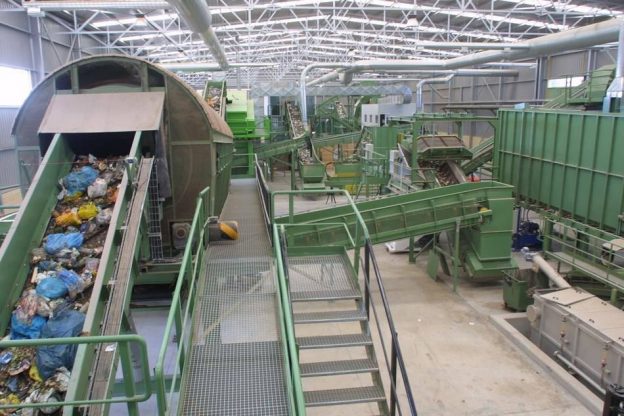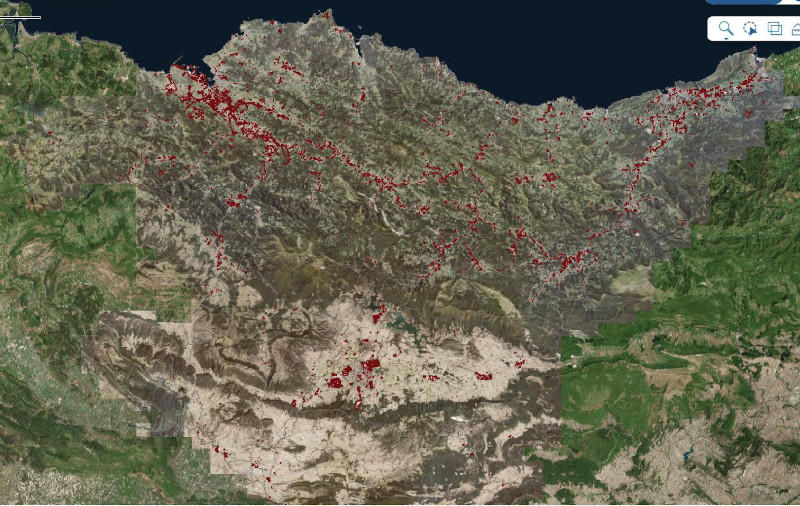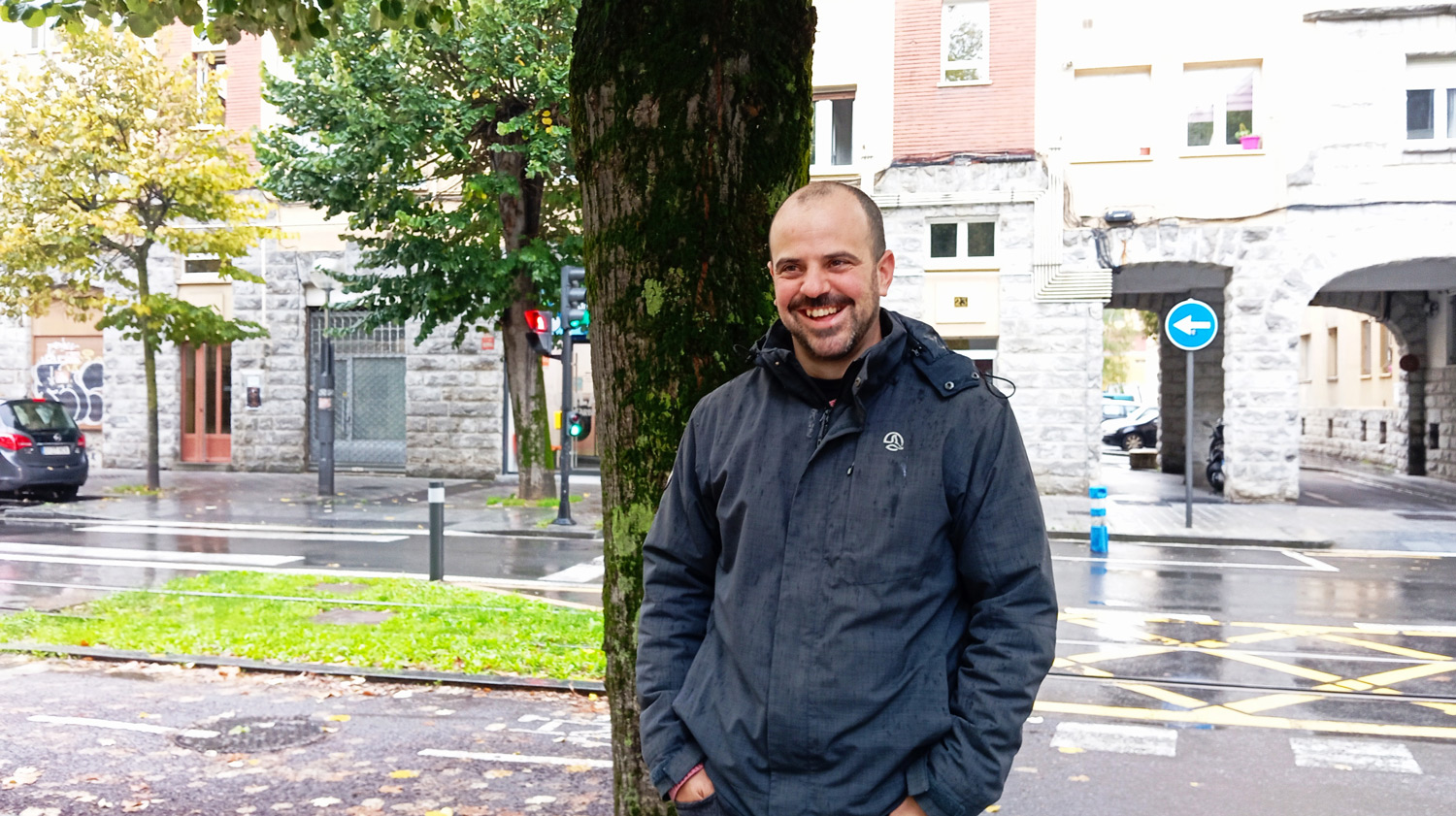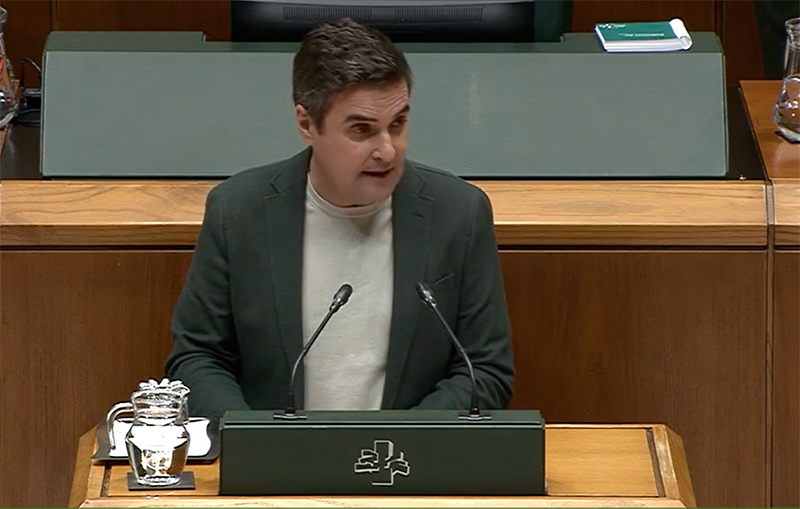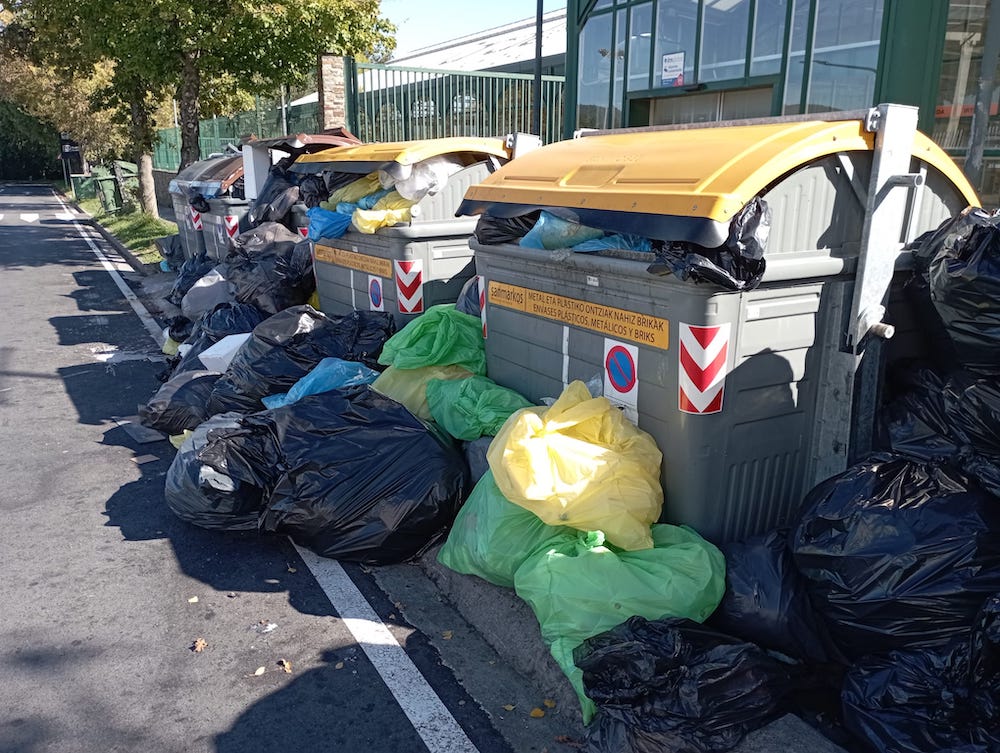GuraSOS presents the details of the citizen waste plan
- The participatory process of Pact, which will allow the people of Gipuzkoa to talk, discuss waste management, is underway. It will be completed at the end of the year, together with the socialization and delegation to the authorities of the urban waste management plan that will be addressed in this process. Today GuraSOS announced the details of this plan during its appearance at the Koldo Mitxelena Cultural Centre in San Sebastián.

“It has formalized the hiring of technical assistance for the drafting of the Conciliatory Plan for the Democratic Management of Public Waste in Gipuzkoa,” reports GuraSOS. 35,000 euros plus VAT, that's the cost.
The report will be managed by the technical committee of the Agreement, with the support of the company “Resistencia Ingenieria y Consultoria”. “The procedure will follow European criteria and be approved by a German waste-fitted engineering firm.”
GuraSOS recalls that the agreement will be a pioneering process and announces that the plan that the process will launch as a result will be realistic, feasible, homologous to European regulations, transparent and democratic. “We say it is democratic because the authorities did not act democratically, they denied the process of participation to the people. So it will be a democratic task that makes a participatory process possible for the people.” Which will include all the possibilities, including whether the infrastructures that are being built on the Zubieta are necessary or not.
Judges of the People
In addition to anticipating the details of the new waste management plan, two public participation sessions have been announced in October in San Sebastian and Debagaraia. In the same way that it has contracted technical assistance for the drafting of the waste management plan, GuraSOS reports that it has guided the design and contracting of the plan of these two participatory sessions that have been called “popular judges”.
30 citizens will participate in each session called “people’s judges”. The citizens who will act as judges will be chosen at random, with “demoscopic criteria that guarantee neutrality and diversity”. Each judge will receive $100. They will participate in the four-hour conference and are informed of the presentations of experts in the subject. The Provincial Council and the Commonwealth of Independent States have been formally invited by GuraSOS to these activities so that they can send experts who will report on their vision.
DRAFTING OF THE WASTE MANAGEMENT PLAN STEP BY STEP
Drafting of the report in 6 phases, using the “step by step” model:
1.fasea:Consolidate the methodology, taking into account:
1.1 Regulations to be used
1.2 The reason for the report (industrial waste, sludge, etc.
1.3 Objectives of the report (management system and infrastructure)
1.4 Progress of the plan (Coordination with neighbouring territories)
1.5 Concepts that conform to the rules (which are homogeneous in the use of the legal definition and plan) The objective of this phase is to avoid ambiguities that can lead to manipulation and homogeneity.
2.fasea:Data analysis and verification of prognosis
2.1 Request of data to administrations
2.2 Analysis of data collected
2.3 Publication of data analysis
2.4 Comparative analysis of the data used by the Gipuzkoa waste consortium to make its decisions
2.5 Flow modelling
2.6 Verification of prognosis
The objective of this phase is to carry out an analysis of the existing and future waste flow. Counting in its three stages (conception, treatment and completion). To this end, all the towns of Gipuzkoa and their waste communities and consortiums have been asked to provide information about the waste they manage. In addition to these, the following information has been requested from the consortium of waters, the Basque Government’s Environmental Directorate, the water agency URA and the Department of Environment of GHK and the Provincial Council.
3.fasea: Definition of the management model
3.1 Definition of objectives
3.2 Democratic management model: Information and participation
3.3 Prevention policies (Consumption habits)
3.4 Recycling policies (true and verifiable)
3.5 Collection systems
3.6 Adaptation to the objectives of creative prognosis
3.7 Modelling of new prognosis flows
The objective of this phase will be to define the waste management model and adapt the prognosis and objectives to the waste management model expected by society.
4.fasea: Evaluation of infrastructures
4.1 Verification of the current management scheme:
4.1.1 Current and planned use of new technologies
4.1.2 The results
4.1.3 Impact (social, environmental and economic)
4.2 Application of new technologies adapted to the current scheme
4.1.2 The results
4.1.3 Impact (social, environmental and economic)
4.1.4 Verification of compliance with European objectives
The objective of this phase will be to assess the adequacy of existing infrastructures and the objectives envisaged.
5.fasea: Selection of the most necessary and appropriate infrastructures
5.1 Possible redefinition of the necessary infrastructures: Plan of events
5.2 Impact (social, environmental and economic)
The objective of this phase will be to analyze the real and objective needs of the infrastructures and to write the plan of events that will determine the future contracts that will be signed and the scope and use of the new infrastructures that will be carried out.
6.fasea: Organization of territorial management: Management of administrative competences.
The objective of this phase will be to measure the variables of centralization and decentralization of infrastructures and coordination between neighboring territories; in the Basque Country, the Community of Navarre and the Northern Commonwealth. As well as the specification of competences and coordination.
This news has been published by Noau and we have brought it to LUZ thanks to the license CC-by-sa.
The City Hall of Donostia-San Sebastián announced at last Thursday’s plenary session that it will increase the waste rate by 26.5% from January 2025, claiming that Waste Law 7/2022 obliges this. Eguzki, for its part, has denounced that the law only applies in terms of costs,... [+]
August is the holiday month for many people, including those who rule. And yet it is common to take advantage of the month of August to deal with some issues without much noise, albeit of great importance.
This is what is happening with the project to centralize sludge... [+]









